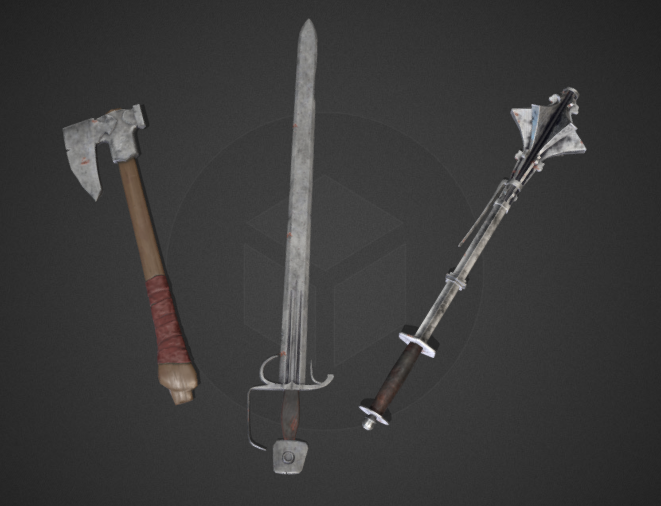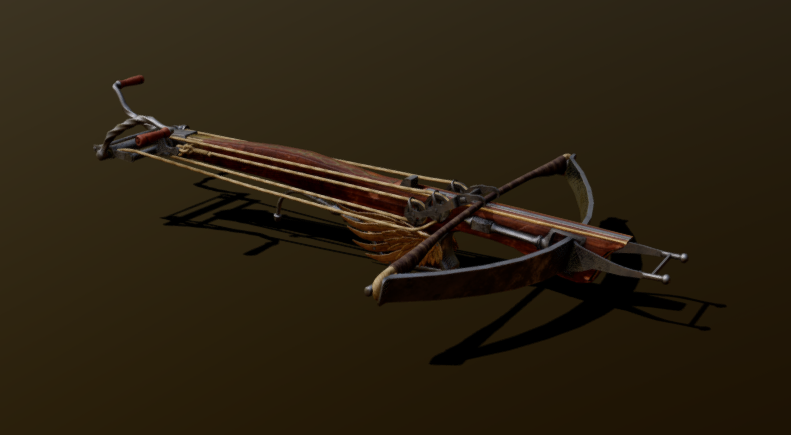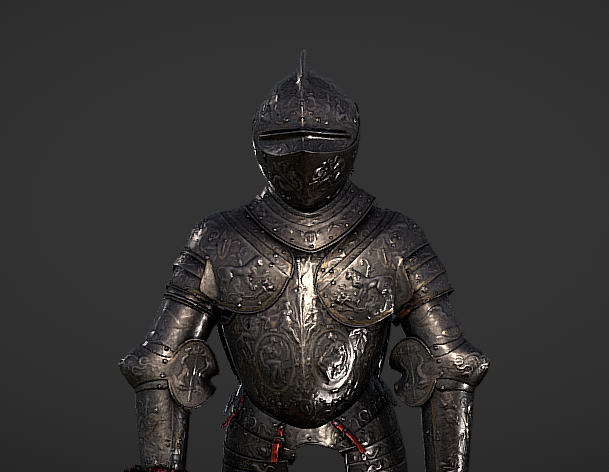Assignment 3 Report
Introduction:
Weapons and armour can be extremely interesting but reading out of a book can dull the experience. Augmented Reality brings these pictures to life and allows a more in depth and close look at these rare objects.
Screen recording of the application. (first playthrough of the video make take a little to buffer)
Application Description:
A human’s interaction with the world can be changed by transforming their real-world environment. This application partially alters the perceived sense of the user through augmented reality (AR). A webcam or camera can be used to view the real-world and in turn, objects can be virtually placed into it. This application does just this and allows the user to interact with the virtual objects using a user interface. The aim is to bring textbooks to life by bringing the objects out of the book to increase engagement and social interaction between peers[1]. This not only is more engaging but shows objects in detail and offers a much better visual learning experience.
Often traditional teaching methods can be boring and unengaging, in this application, users can view and interact with virtual objects which increases engagement in an education scenario[2]. This is the interface problem that AR solves. Using this application does not necessarily replace traditional teaching methods, however it would aid significantly in diversifying and offering a new and different teaching method in a classroom that has not considered the use of AR technology. This application is also very useable and accessible.
The significance of augmented reality in the context of this application is that it gives teachers the ability to present material in a more engaging way. AR is much more suitable for the application than virtual reality (VR) is. For teaching, ease of use and accessibility is very important. VR can be expensive and sometimes difficult to use whereas AR does not require expensive equipment and classrooms may already have the necessary tools to use it[3]. AR is better suited to a classroom environment and is very intuitive, interactions in AR are easier to understand and are extremely accessible. Therefore, AR is much more useful for such an application in this scenario and relates to the first and second step in the human computer design process as usability and accessibility are essential in a classroom environment.
Interaction Design:
The first interaction in this application is a slider button. This is needed as the purpose of this application is to enhance traditional teaching methods rather than make them redundant. This means making old textbooks more engaging and this is achieved by getting the users to interact physically rather than solely visual. When the user interacts with the slider, objects will either rotate or have each of its components expand outward. The reason for this is so that the interaction the user has with the application is not meaningless. The manipulation of the objects allows the user to better see the objects, not only is this more educational as users can see the objects from different angles but is also much more engaging than a static object.
The second interaction is a virtual button. This virtual button’s purpose is to scale objects while being held down and shrink back to their original size once released. If the first interaction was not virtual, then why make the second one virtual? The reason for this is that it diversifies the engagement with the material. This is needed as in a classroom scenario, having multiple ways to interact with content allows multiple peers to actively engage with it. Not only this, but it also adds another form in which a student can learn, having the object scale means a larger and more high-definition object so students can look at parts of an object in more detail.
The third interaction, although not implemented in the application, is the use of a tangible user interface. This would be in the form of physical, tracked objects users could use to manipulate the virtual objects. This is another way in which engagement of content and between peers could be improved.
Both interactions are necessary and play to the strengths of AR. VR is not only less accessible in a classroom scenario but also discourages engagement between peers. Engagement of material can be achieved in both AR and VR but within a classroom AR proves to be more suited. AR is also more accessible to users with disabilities and is another reason for the use of AR within this application.

Storyboard to illustrate the use case of the interface technology and the interactions in the application.
Technical Development:
This application was developed in Unity3D and used Vuforia which is an augmented reality SDK. Vuforia “enables the creation of augmented reality applications. It uses computer vision technology to recognize and track planar images and 3D objects in real time[4].”
To use the slider button, use the mouse to click and drag the slider along its path, this will either rotate or manipulate an object in some way. For the second interaction, the user must “obstruct” the virtual button. This is a button that is only displayed virtually and can be obstructed by covering the physical area in which the button is virtually placed. This can be achieved by using your hand or any other physical object. Unfortunately, this interaction can sometimes be unreliable.
Model Descriptions:
Crossbow:
This crossbow was downloaded from sketchfab and was used as one of the objects placed onto a target image.
Melee Weapons:

These melee weapons were downloaded from sketchfab and was used as objects there were placed onto a target image.
Armour:
This armour was downloaded from sketchfab and was used as one of the objects that was placed onto a target image that the user could interact with.
Image Targets:
The image targets used in the application are available to download below in the files section.
Footnotes:
[1] https://ieeexplore.ieee.org/abstract/document/7762189 Accessed 17/09/2022
[2] https://link.springer.com/chapter/10.1007/978-3-642-40480-1_43 Accessed 17/09/2022
[3] https://online.maryville.edu/blog/augmented-reality-in-education/#:~:text=AR%20creates%20opportunities%20for%20teachers,about%20exploring%20new%20academic%20interests Accessed 17/09/2022
[4] https://en.wikipedia.org/wiki/Vuforia_Augmented_Reality_SDK Accessed 17/09/2022
References:
https://en.wikipedia.org/wiki/Vuforia_Augmented_Reality_SDK
https://link.springer.com/chapter/10.1007/978-3-642-40480-1_43
https://ieeexplore.ieee.org/abstract/document/7762189
https://sketchfab.com/3d-models/medieval-crosbow-0368b8111f5e4731beb025cd625b48a...
https://sketchfab.com/3d-models/the-parade-armour-of-king-erik-xiv-of-sweden-bd1...
https://sketchfab.com/3d-models/medieval-melee-weapon-ff05809c4af44c67acf91d6895...
Files
Get KIT208 Virtual and Mixed Reality Technology
KIT208 Virtual and Mixed Reality Technology
A collection of work for KIT208
| Status | Released |
| Category | Other |
| Author | Leo Headley |
| Tags | 3D, devlogs, Virtual Reality (VR) |
More posts
- Assignment 2 ReportAug 20, 2022


Leave a comment
Log in with itch.io to leave a comment.